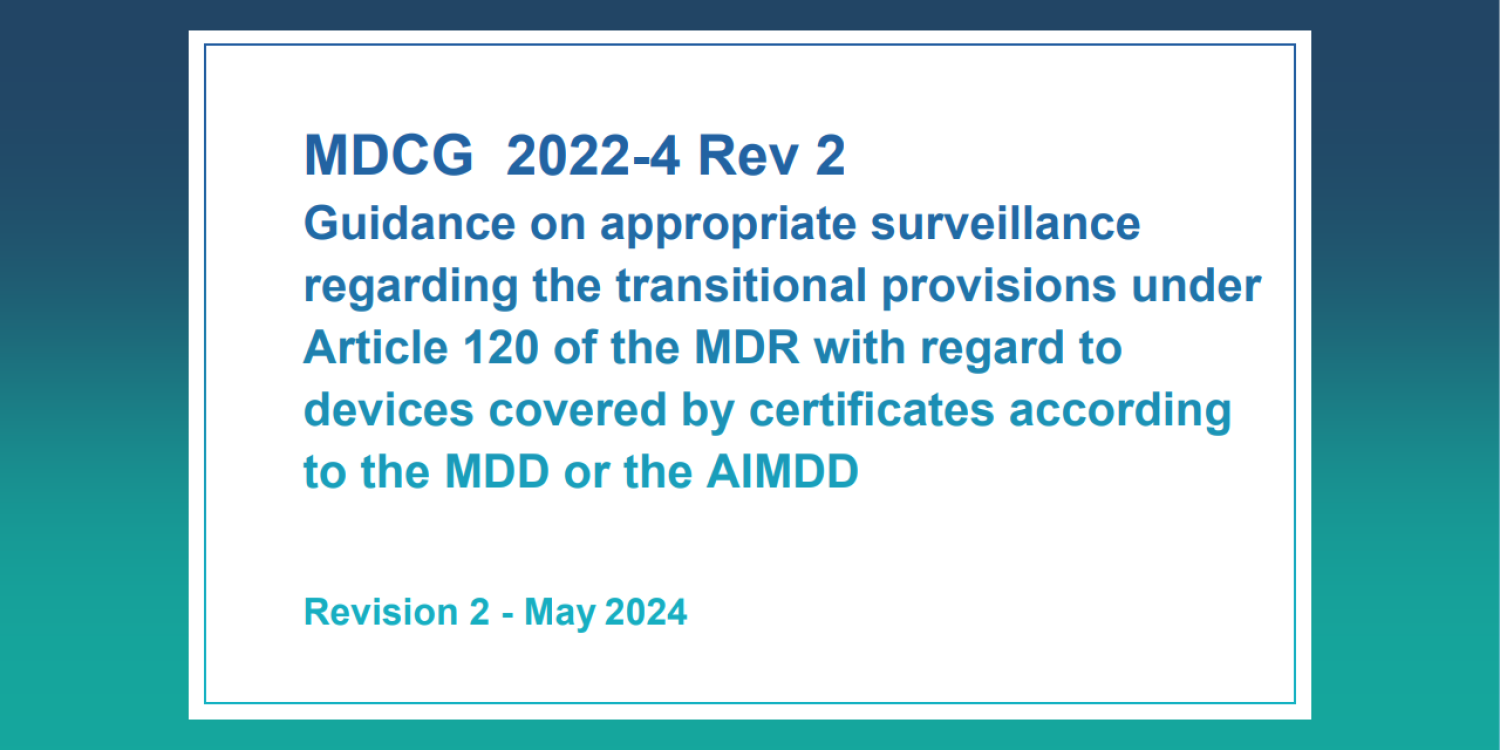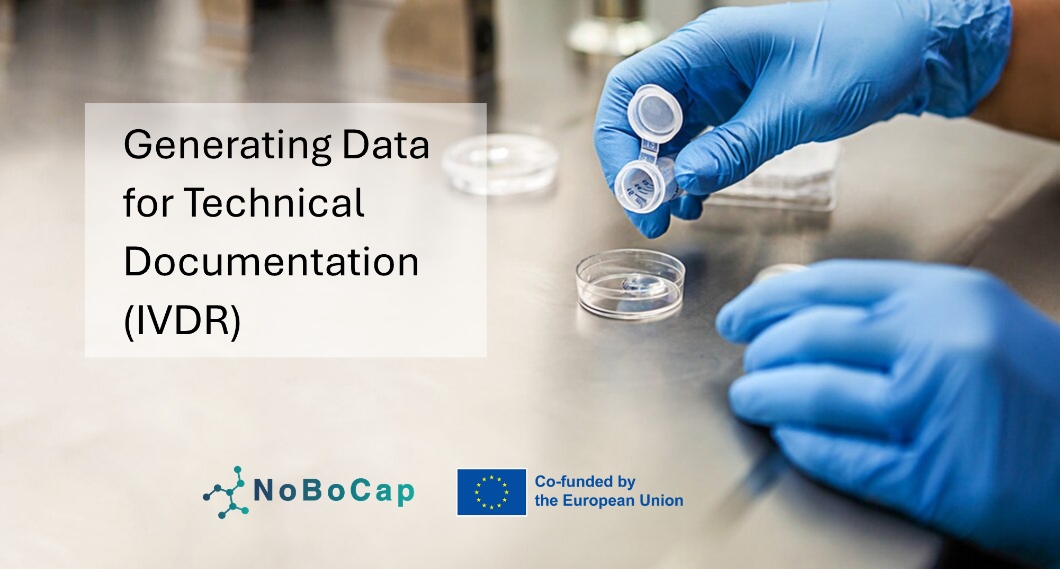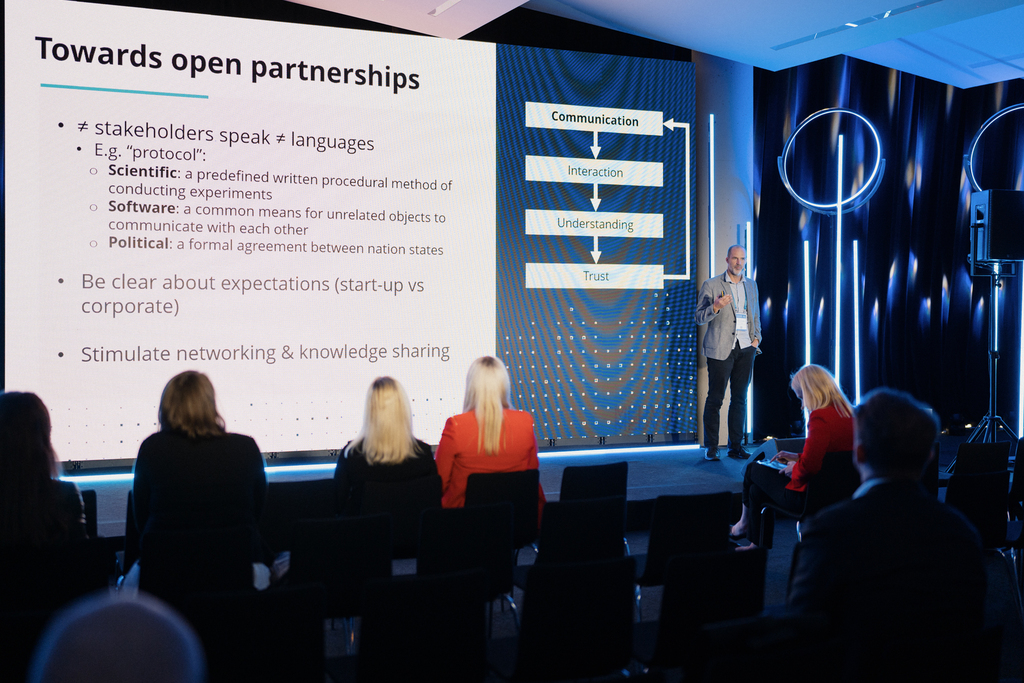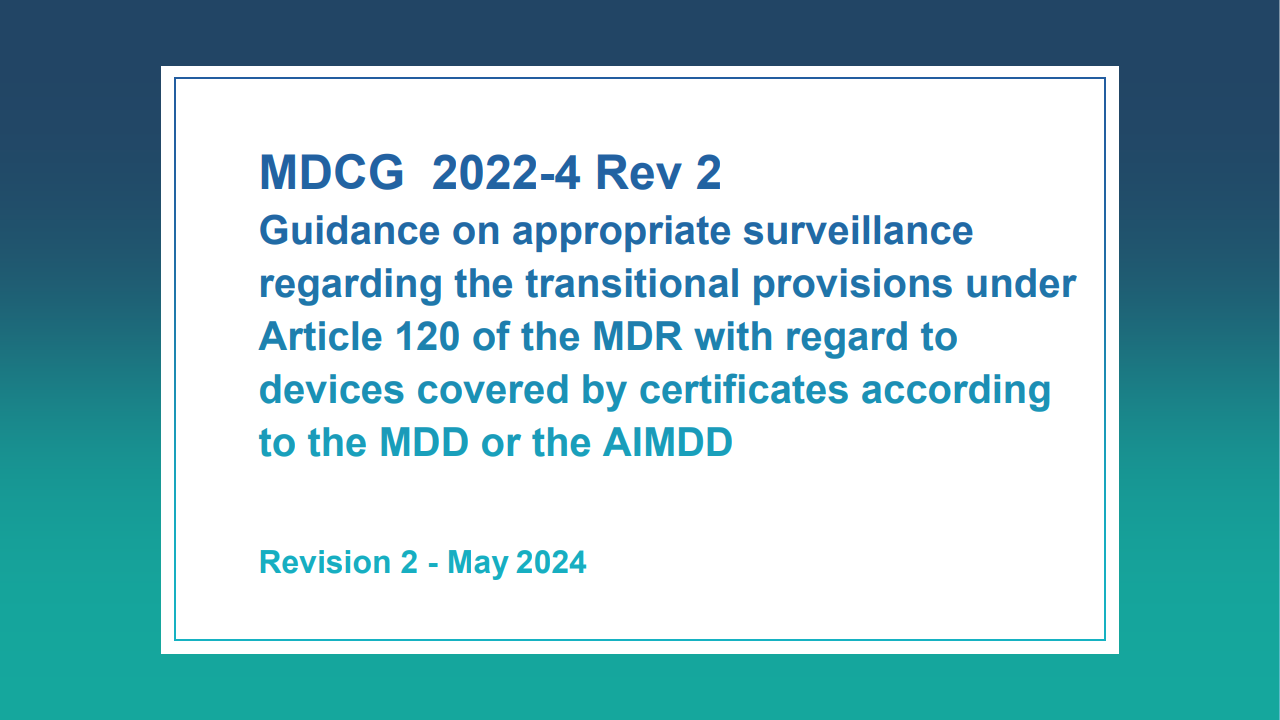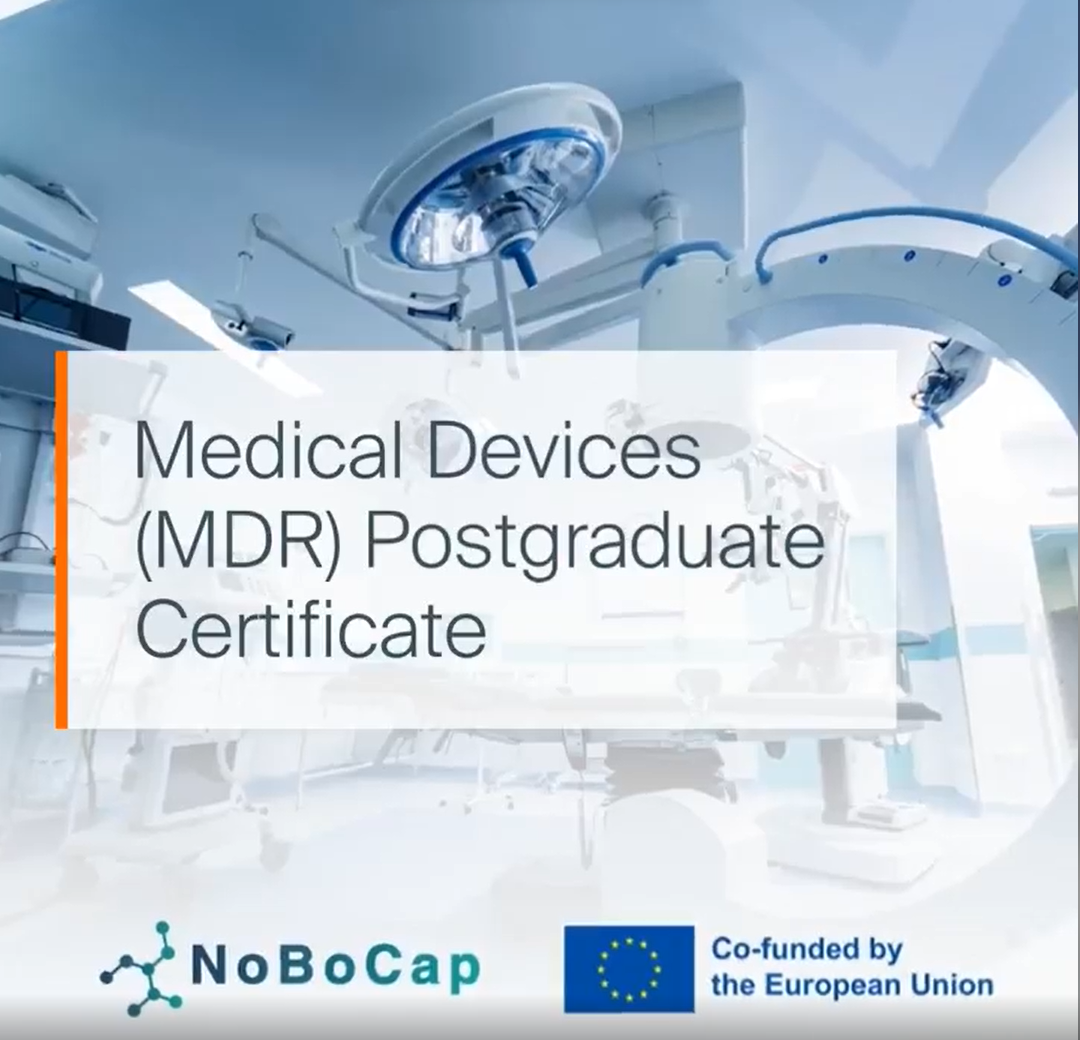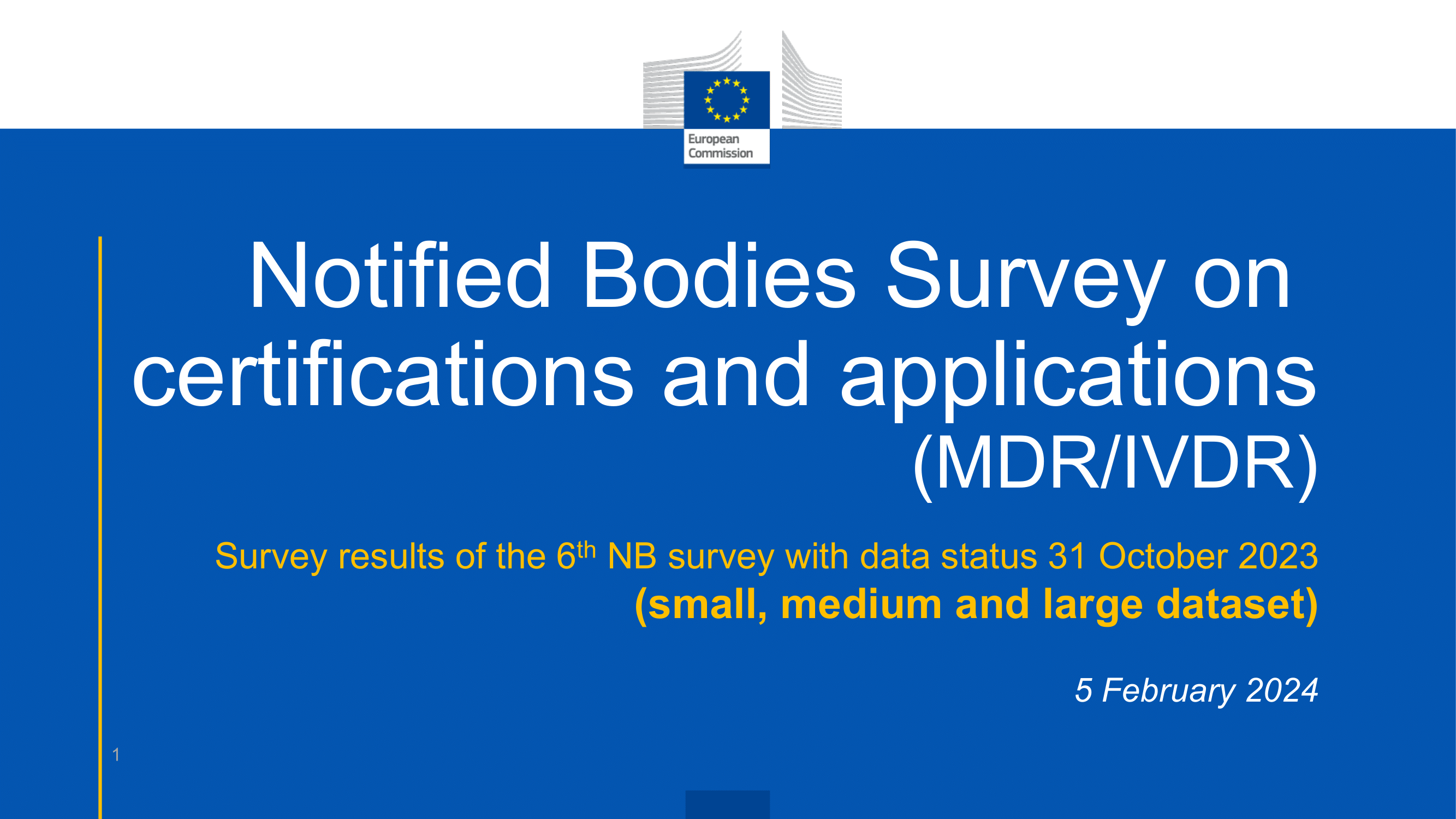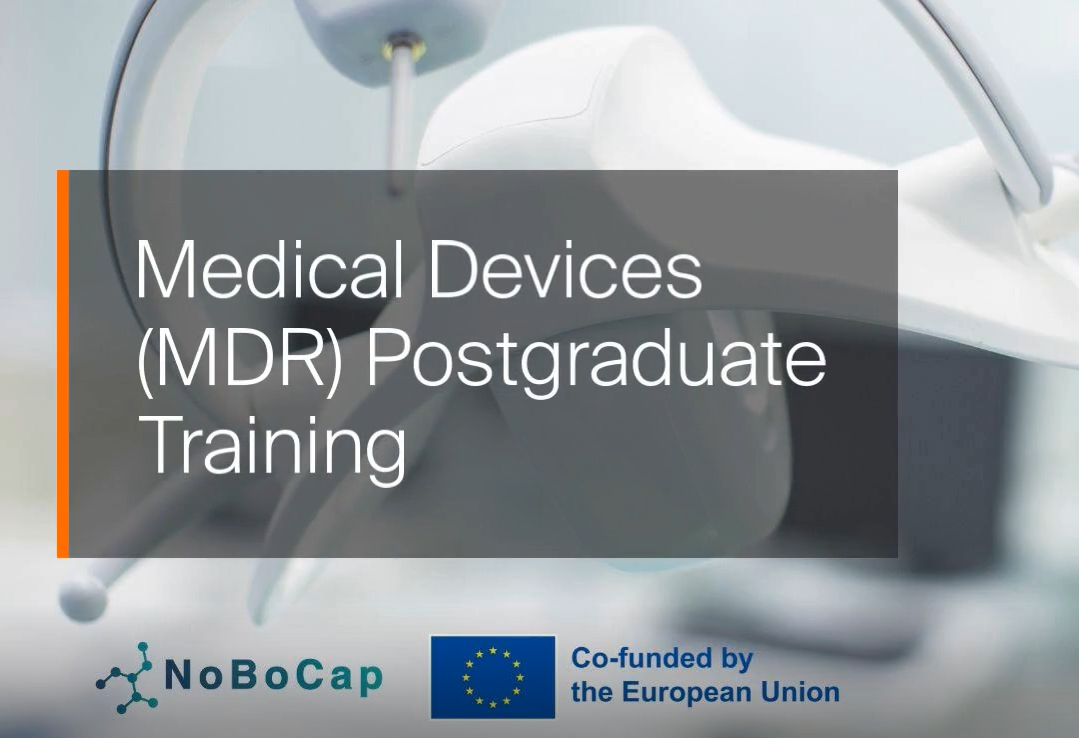The Medical Device Coordination Group (MDCG) has recently published MDCG 2022-4 Rev 2, a guidance document designed to provide clear instructions on the surveillance activities required for legacy medical devices under Article 120(3e) of the Medical Device Regulation (MDR).
This document is crucial for manufacturers and notified bodies as it delineates their responsibilities during the transition period from the old directives (MDD/AIMDD) to the new MDR standards.
The key aspects and implications of the revised guidance are:
Scope of Appropriate Surveillance
The updated guidance defines the scope of “appropriate surveillance” specifically for legacy devices. These are devices covered by valid certificates issued under the Medical Device Directive (MDD) or the Active Implantable Medical Device Directive (AIMDD).
Importantly, the guidance does not apply to devices that previously did not require notified body involvement under these directives but now do under the MDR. This distinction is vital for manufacturers to understand which of their products fall under the new surveillance requirements.
Manufacturer’s Obligations
By 26 May 2024, all manufacturers must ensure that their Quality Management System (QMS) complies with the MDR requirements. The transition from the directives to the MDR involves several critical obligations for manufacturers, including:
- Post-Market Surveillance (PMS): Enhanced PMS activities are mandatory, replacing the requirements under the previous directives.
- Vigilance and Registration: Manufacturers must adhere to the new MDR vigilance and registration protocols to maintain market approval.
- Periodic Safety Update Reports (PSURs): As stipulated in Article 86 MDR, manufacturers are required to submit PSURs, which are comprehensive documents that report on the safety and performance of their devices.
These obligations ensure that legacy devices continue to meet stringent safety and efficacy standards during the transition period.
Notified Body Activities
Notified Bodies play a crucial role in the transition process, with specific responsibilities outlined in the guidance:
- Verification of Device Scope: Notified Bodies must verify the scope of devices covered by MDD/AIMDD certificates and document any changes.
- Contractual Arrangements: They must ensure that appropriate contractual arrangements are in place to maintain surveillance rights and duties.
- Review of QMS Documentation: Notified Bodies are required to thoroughly review the manufacturer’s QMS documentation. This includes evaluating transition plans, change management processes, and alignment with new MDR requirements.
- Focus on PMS and PSURs: A specific emphasis is placed on verifying the implementation of new MDR post-market surveillance processes and the timely submission of PSURs.
These activities are designed to ensure that all legacy devices continue to comply with applicable MDR requirements during the transition period.
The MDCG 2022-4 Rev 2 guidance underscores the necessity for rigorous and comprehensive surveillance activities to ensure legacy medical devices meet MDR standards. Manufacturers must align their QMS and PMS processes with MDR requirements, while Notified Bodies must conduct thorough reviews and verifications to support this transition. The guidance document is an essential tool for both parties, ensuring that the safety and performance of legacy devices are maintained throughout the regulatory shift.
For more detailed information, you can read the updated guidance document HERE. Need help navigating the new guidance document? Join the NoBoCap Community today by visiting www.nobocap.eu/community to be part of an innovation ecosystem designed to Unlock the EU regulation.
